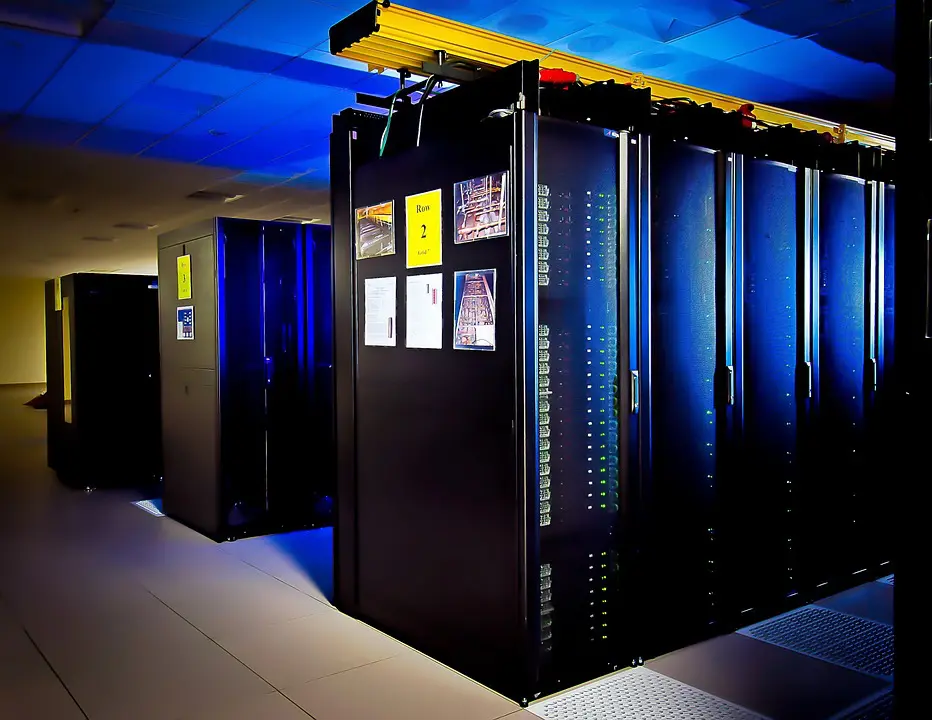The first supercomputers were introduced back in the 1960s to provide far higher levels of performance than their traditional counterparts. The output of today’s supercomputers is measured in floating-point operations per second (FLOPS). Some of these machines can perform a hundred quadrillion FLOPS or more.

(Pixabay / skeeze)
Supercomputers are used for rigorous computational tasks in the following fields:
- Quantum mechanics
- Climate studies
- Weather prediction
- Oil and gas discovery
- Computation chemistry
- Cryptanalysis
- Simulation exercises (for aerospace and nuclear technology and more)
Seymour Cray, known as the Father of Supercomputing, led the charge to produce devices that could handle herculean amounts of data and complex computing tasks. Cray designed computers for the Control Data Corporation. Soon, the University of Manchester joined the race with its Atlas computer. IBM staked its claim in the supercomputing industry, too, with its 7030 Stretch. Early supercomputers ran on vacuum tubes. Because they had to be largely assembled by hand, the machines took months to produce. The IBM Stretch broke from the vacuum tube tradition and ran on transistors. The room-sized computer sold for $10 million and offered 256K of memory.
Today, most home appliances contain more computing power than supercomputers of old. The fastest supercomputers get ranked on the TOP500 list. Over the past 10 years, the highest ranking supercomputers have been developed in the U.S., China, and Japan. The IBM Summit (located in Tennesse’s Oak Ridge National Laboratory) currently crowns the TOP500 list, offering 122.3 PFLOPS (petaflops). That’s over 122 quadrillion floating-point operations per second.
Supercomputers in our own Backyard
Our great State of Utah boasts its own supercomputer at the Utah Data Center. The Center is the first Intelligence Community Comprehensive National Cyber-security Initiative data center to support the intelligence sector’s effort to monitor, strengthen, and safeguard the U.S. The actual data storage capacity of the center is classified, but the media has speculated that it can hold data at the zettabyte or exabyte level.
The center is powered by the massively parallel Cray XC30 “Cascade” supercomputer, which can sustain more than 100 PFLOPS (100 trillion calculations each second).
Computers run on PCBAs, and at EMS Solutions, we take great pride in our PCBA assembly services. Our commitment to U.S. manufacturing yields high-quality, reliable products with low delivery costs and top-notch customer service.
